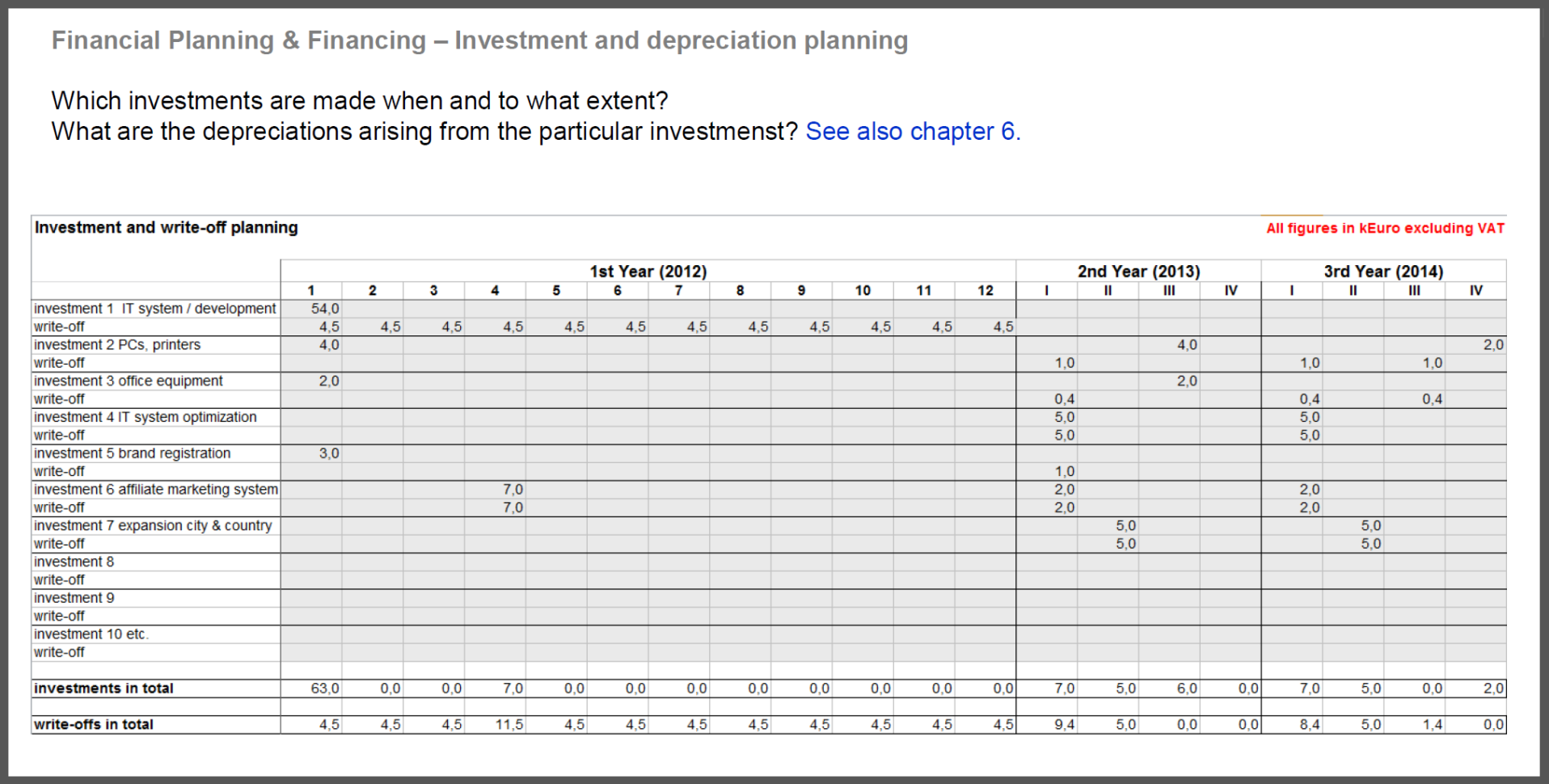

- #Bookkeeping software free how to
- #Bookkeeping software free manual
- #Bookkeeping software free professional
Ultimately, as you’ll have to enter information and manage your basic bookkeeping within Excel manually, you’ll more than likely want to use the single-entry method-meaning you enter each transaction into your system once, categorizing it as either leaving your business (expense/loss) or entering (profit/income). Easily allow multiple users to work within your system.Detect or notify you of data entry errors.Automatically generate typical financial documents based on the data from your books.Connect to your business bank accounts or credit cards and automatically import and sort transactions.With this in mind, unlike automated bookkeeping software, Excel will not be able to: Track invoices you’ve sent clients and cross-check them with the transactions you’ve entered.Generate income statements (also known as profit and loss statements ) from transactions you’ve entered-you’ll be able to do this by either manually transferring data from your list of transactions, or using formulas to automatically import it.Keep an organized list of “accounts” (the types of transactions you’ll make).This being said then, when creating an Excel bookkeeping system, you should be able to: As a spreadsheet-based program, Excel can be used for many purposes, including basic bookkeeping and keeping accounts-however, it does have limits, especially in comparison to a platform like QuickBooks Online or Wave. Small Business Bookkeeping in Excel: What to ExpectĪs Microsoft Excel is a program you likely already have on your computer, deciding to do your small business bookkeeping with Excel seems like an easy way to set up and manage your books-especially if you’re just starting out and don’t have the budget to spend on third-party software or on a bookkeeping professional.
#Bookkeeping software free how to
Therefore, to help you get started, we’ll break down what it looks like to manage your small business bookkeeping in Excel, what the limitations of this spreadsheet system are, and finally, we’ll explain exactly how to create your accounting system in Excel. Luckily, Microsoft Excel is very accessible and there are a variety of templates available to guide you if you do decide to perform your basic bookkeeping using Excel (or even using Google Sheets).
#Bookkeeping software free professional
This being said, although some business owners to choose to utilize a bookkeeping software or employ a professional bookkeeper-if you’re a particularly small or new business, you may choose to use a tool you likely already have at your disposal, Microsoft Excel-and create an excel bookkeeping system. As far as business accounting goes, bookkeeping is the core process that keeps you organized, up-to-date, and ready to handle any other financial tasks that may arise.

When it comes to your business finances, one of the most important tasks will be the day-to-day managing of your books-ensuring that you’re tracking your income and expenses, reconciling transactions, and entering everything accurately.
#Bookkeeping software free manual
Performing your business bookkeeping in Excel will be a manual and time-consuming process, and therefore, many business owners will want to consider investing in bookkeeping or accounting software solutions. To create your own Excel bookkeeping system, you’ll customize this template, save it to your computer, and then record and categorize your day-to-day transactions within the document. In order to manage your basic bookkeeping using Excel, you’ll want to start with a template that includes a chart of accounts, transaction sheet, and income statement sheet.


 0 kommentar(er)
0 kommentar(er)
